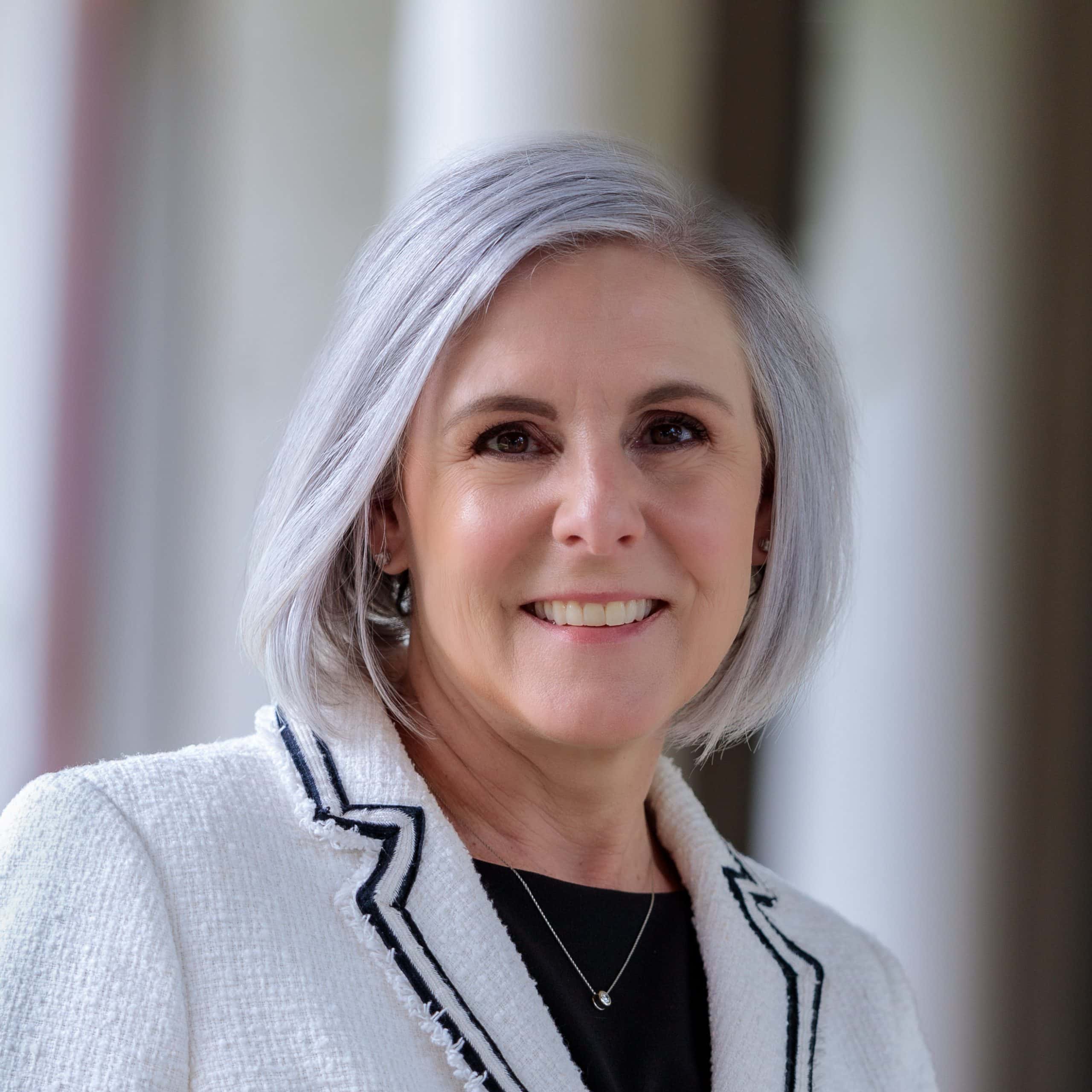
Study: Psilocybin Eases Psychological Distress in People with Childhood Trauma

Introduction
A recent study has found that psilocybin, the active compound in magic mushrooms, can significantly alleviate psychological distress in individuals who have experienced childhood trauma. The study’s findings have significant implications for mental health treatment and align with the Sustainable Development Goals (SDGs) set by the United Nations.
Background
Childhood trauma, such as abuse or neglect, can have long-lasting effects on an individual’s mental health and well-being. Many individuals who have experienced childhood trauma struggle with psychological distress, including symptoms of anxiety, depression, and post-traumatic stress disorder (PTSD). Traditional treatment methods, such as therapy and medication, may not always provide sufficient relief.
The Study
The study involved a group of participants who had experienced childhood trauma and were experiencing psychological distress. They were administered a controlled dose of psilocybin under the supervision of trained professionals. The participants reported a significant reduction in psychological distress following the psilocybin session.
Implications for Mental Health Treatment
The findings of this study suggest that psilocybin could be a promising treatment option for individuals with childhood trauma and psychological distress. By targeting the root causes of distress, psilocybin therapy has the potential to provide long-lasting relief and improve overall mental well-being.
Alignment with the Sustainable Development Goals
The Sustainable Development Goals (SDGs) set by the United Nations aim to address global challenges and promote sustainable development. This study aligns with several SDGs, including:
- SDG 3: Good Health and Well-being – By providing an alternative treatment option for psychological distress, psilocybin therapy contributes to improving mental health and well-being.
- SDG 4: Quality Education – The findings of this study can inform mental health education and training programs, ensuring that healthcare professionals are aware of alternative treatment options.
- SDG 10: Reduced Inequalities – Psilocybin therapy has the potential to reduce inequalities in access to effective mental health treatment, as it may be more accessible and affordable compared to traditional methods.
- SDG 16: Peace, Justice, and Strong Institutions – By addressing the root causes of psychological distress, psilocybin therapy can contribute to creating a more just and peaceful society.
Conclusion
The study’s findings highlight the potential of psilocybin therapy in alleviating psychological distress in individuals with childhood trauma. Further research is needed to fully understand the long-term effects and safety of psilocybin therapy. However, these findings provide hope for individuals struggling with psychological distress and contribute to the achievement of the Sustainable Development Goals.
SDGs, Targets, and Indicators
1. Which SDGs are addressed or connected to the issues highlighted in the article?
- SDG 3: Good Health and Well-being
- SDG 4: Quality Education
- SDG 10: Reduced Inequalities
2. What specific targets under those SDGs can be identified based on the article’s content?
- SDG 3.4: By 2030, reduce by one-third premature mortality from non-communicable diseases through prevention and treatment and promote mental health and well-being.
- SDG 4.7: By 2030, ensure that all learners acquire the knowledge and skills needed to promote sustainable development, including among others through education for sustainable development and sustainable lifestyles, human rights, gender equality, promotion of a culture of peace and non-violence, global citizenship, and appreciation of cultural diversity and of culture’s contribution to sustainable development.
- SDG 10.2: By 2030, empower and promote the social, economic and political inclusion of all, irrespective of age, sex, disability, race, ethnicity, origin, religion or economic or other status.
3. Are there any indicators mentioned or implied in the article that can be used to measure progress towards the identified targets?
- Indicator for SDG 3.4: Psychological distress levels among individuals with childhood trauma before and after psilocybin treatment.
- Indicator for SDG 4.7: Increase in knowledge and understanding of the impact of childhood trauma on mental health and well-being among educators and students.
- Indicator for SDG 10.2: Reduction in disparities in access to psilocybin treatment for individuals with childhood trauma based on socio-economic status, race, ethnicity, etc.
SDGs, Targets, and Indicators Table
| SDGs | Targets | Indicators |
|---|---|---|
| SDG 3: Good Health and Well-being | SDG 3.4: By 2030, reduce by one-third premature mortality from non-communicable diseases through prevention and treatment and promote mental health and well-being. | Psychological distress levels among individuals with childhood trauma before and after psilocybin treatment. |
| SDG 4: Quality Education | SDG 4.7: By 2030, ensure that all learners acquire the knowledge and skills needed to promote sustainable development, including among others through education for sustainable development and sustainable lifestyles, human rights, gender equality, promotion of a culture of peace and non-violence, global citizenship, and appreciation of cultural diversity and of culture’s contribution to sustainable development. | Increase in knowledge and understanding of the impact of childhood trauma on mental health and well-being among educators and students. |
| SDG 10: Reduced Inequalities | SDG 10.2: By 2030, empower and promote the social, economic and political inclusion of all, irrespective of age, sex, disability, race, ethnicity, origin, religion or economic or other status. | Reduction in disparities in access to psilocybin treatment for individuals with childhood trauma based on socio-economic status, race, ethnicity, etc. |
Behold! This splendid article springs forth from the wellspring of knowledge, shaped by a wondrous proprietary AI technology that delved into a vast ocean of data, illuminating the path towards the Sustainable Development Goals. Remember that all rights are reserved by SDG Investors LLC, empowering us to champion progress together.
Source: hightimes.com

Join us, as fellow seekers of change, on a transformative journey at https://sdgtalks.ai/welcome, where you can become a member and actively contribute to shaping a brighter future.






